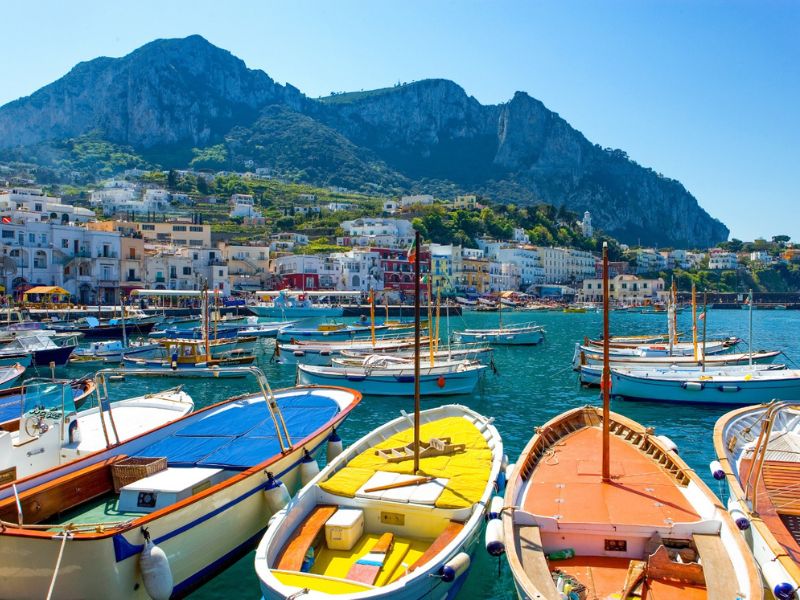
Capri becomes a cardioprotected island
Being prepared to deal with cardiac arrests is vital for any area. Thanks to the initiative of the Municipality, Capri is becoming a safe area in this regard
A way to make citizens and tourists feel safer
With the installation of over 20 modern defibrillators and the organization of training events, the island proves to be at the forefront in cardioprotection. A forward-thinking choice, both for the safety of residents and to promote an image of secure hospitality.
This move not only ensures prompt assistance in case of emergency but also raises awareness among the population. Learning the right procedures can make the difference between life and death. The Municipality of Capri, with the technical office and the manager Mario Cacciapuoti at the forefront, is preparing the territory against cardiac threats.
The initiative, anticipating law 116 on defibrillators in the PA, highlights the commitment of local institutions to public safety. A valuable intervention that increases the chances of survival in critical cases.
Thanks to these efforts, citizens can feel safer in the splendid scenery of Capri. A welcome step forward in the protection of collective health, on an island increasingly cardioprotected.
Safe Heart in Capri: Improving Community Cardiac Safeguarding
Auexde, a specialist in cardioprotective projects, collaborates with Capri to train those who use defibrillators. Rapid resuscitation can save lives, so this collaboration aims to increase survival rates for cardiac arrests and improve the quality of life for Capri residents.
What is a defibrillator?
An automated external defibrillator (AED) is a device that delivers electric shocks to the heart during sudden cardiac arrests. This “defibrillation” aims to restore the normal heart rhythm when the heart stops or beats irregularly. AEDs are designed for easy use, with clear instructions for anyone, even without specific medical training. In many communities, having accessible public AEDs makes the difference between life and death in cardiac emergencies.
Sources


